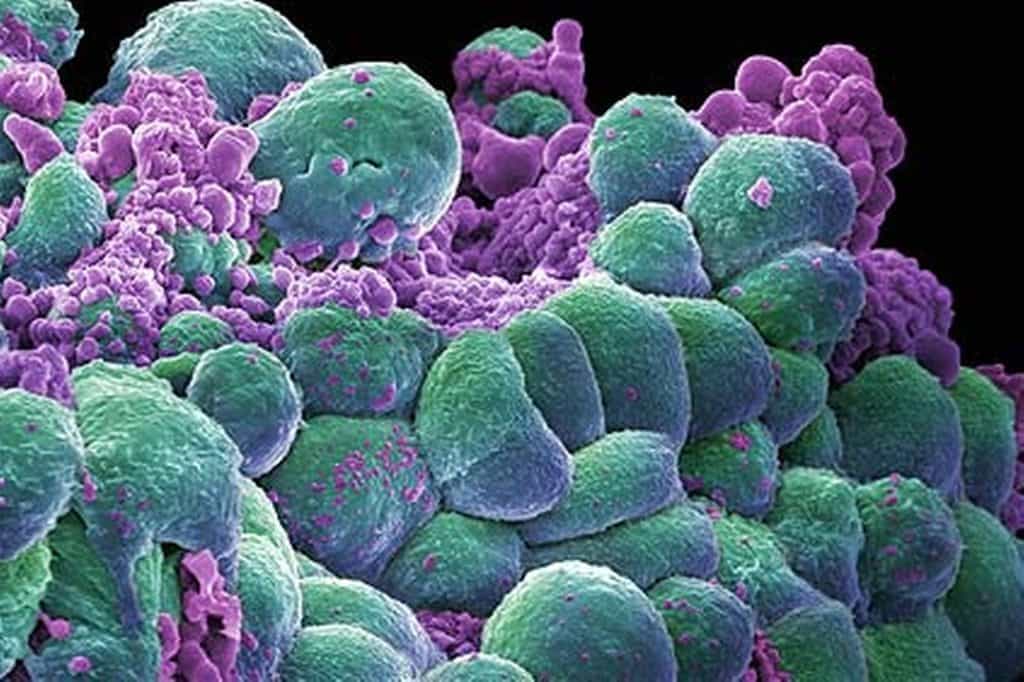
More cancer patients surviving for longer
pharmafile | October 31, 2014 | News story | Medical Communications, Research and Development, Sales and Marketing | Cancer, bladder, breast, myeloma, oncology, ons, prostate
Cancer survival rates in England are continuing to improve, though many cancers still have an ‘extremely poor’ prognosis, according to a new report.
Conducted by the Office for National Statistics, the research looked at 24 common cancers and found that for the majority of them the trend of increasing survival continued for patients diagnosed between 2008 and 2012.
Nick Ormiston-Smith, head of statistical information at Cancer Research UK, tells the BBC that the increase in survival rates is thanks to “better treatments, earlier diagnosis and greater awareness”.
In breast, prostate, and thyroid cancer, as well as Hodgkin lymphoma, over 80% of patients are living for five years after diagnosis according to the report. Survival rates are above 90% for melanoma in women.
The research also highlights the fact that the ‘increasingly intensive diagnostic activity’ in prostate and breast cancer has led to an increasing proportion of people with these conditions being diagnosed at an early stage.
Some of the biggest improvements in survival were for leukaemia in men – up from 47% for those diagnosed in 2007-2011 to 49.5% – and myeloma – from 41.6% to 46.2% in women, and from 42.8% to 46.7% in men.
The new statistics follow figures published by Cancer Research UK in August showing that the death rates for the top four cancer killers – breast, bowel, lung and prostate cancer – have fallen by almost a third over the last 20 years.
The ONS findings also note however, that the prognosis for many other cancers remains ‘extremely poor’, and that there is “a clear separation in five-year survival between the seven cancers with the poorest prognosis and all other cancers”.
Five-year survival for cancers of the brain, lung, oesophagus, liver, mesothelioma, pancreas and stomach is less than 22% – and for pancreatic cancer it is just 5% – the lowest figure for both sexes.
Ormiston-Smith adds that these cancers “tend to be diagnosed at a later stage when they’re much harder to treat”.
Five cancers also saw slightly decreased rates of survival – namely bladder cancer and Hodgkin lymphoma in women, mesothelioma and testicular cancer in men, and thyroid cancer across both sexes.
In general survival was found to be higher in woman and younger patients – even when taking into account older patients’ greater likelihood of dying from other causes.
Looking to the future, the report also says that the predicted survival for patients diagnosed in 2013 is higher than for those diagnosed during 2008–2012.
George Underwood
Related Content

Geneos Therapeutics shares data from phase 1/2 trial for cancer vaccine
Geneos Therapeutics has announced that it has published positive safety, immunogenicity and efficacy data from …

Curve Therapeutics’ CSO publishes research on HIF inhibition for cancer treatment
Curve Therapeutics has announced that its chief scientific officer, Professor Ali Tavassoli has published research …

Verastem Oncology gains Fast Track Designation for combination NSCLC treatment
Verastem Oncology has announced that the US Food and Drug Administration (FDA) has granted Fast …








